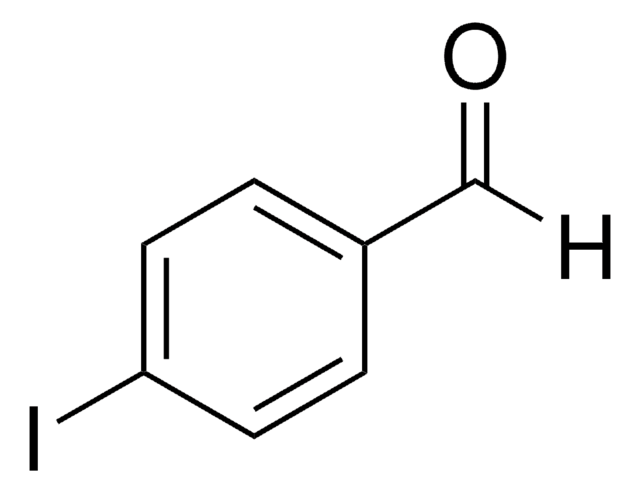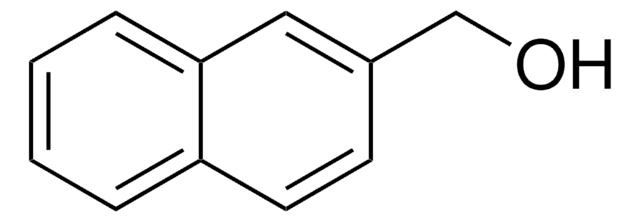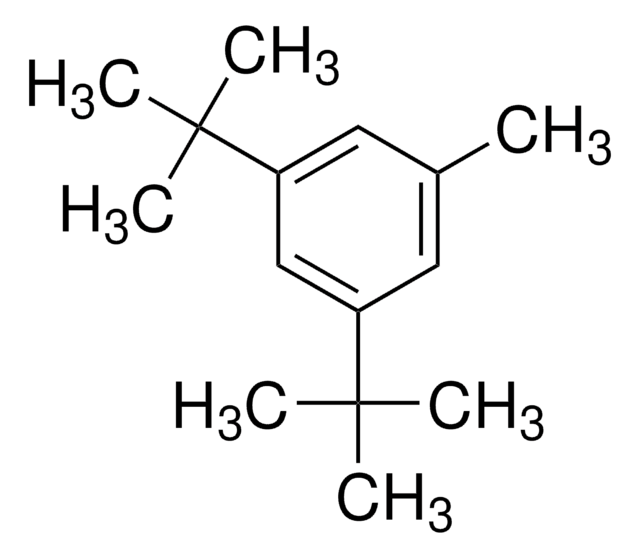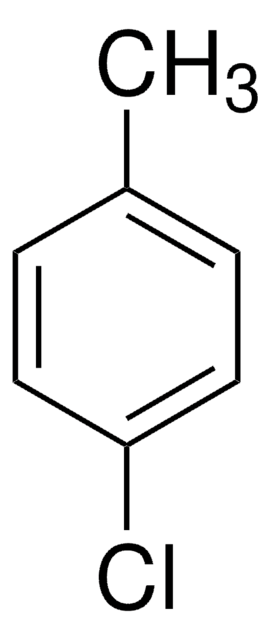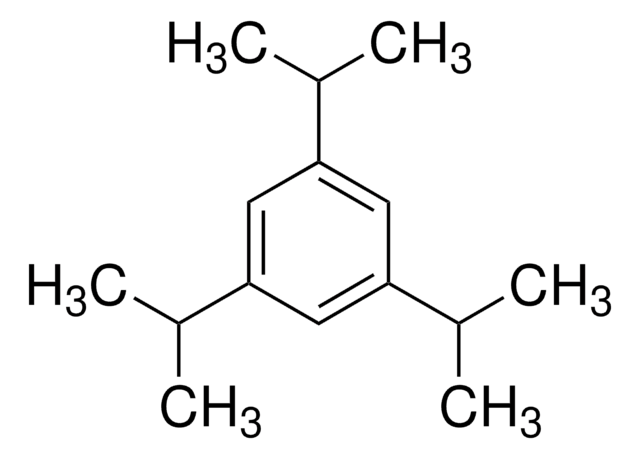All Photos(2)
About This Item
Linear Formula:
(CH3)3CC6H4CH3
CAS Number:
Molecular Weight:
148.24
Beilstein:
2038670
EC Number:
MDL number:
UNSPSC Code:
12352100
PubChem Substance ID:
NACRES:
NA.22
Recommended Products
Assay
95%
form
liquid
refractive index
n20/D 1.492 (lit.)
bp
191 °C (lit.)
density
0.858 g/mL at 25 °C (lit.)
SMILES string
Cc1ccc(cc1)C(C)(C)C
InChI
1S/C11H16/c1-9-5-7-10(8-6-9)11(2,3)4/h5-8H,1-4H3
InChI key
QCWXDVFBZVHKLV-UHFFFAOYSA-N
Looking for similar products? Visit Product Comparison Guide
Related Categories
Signal Word
Warning
Hazard Statements
Precautionary Statements
Hazard Classifications
Acute Tox. 4 Inhalation - Acute Tox. 4 Oral - Aquatic Chronic 2 - Eye Irrit. 2 - Flam. Liq. 3 - Skin Irrit. 2 - STOT SE 3
Target Organs
Respiratory system
Storage Class Code
3 - Flammable liquids
WGK
WGK 3
Flash Point(F)
129.2 °F - closed cup
Flash Point(C)
54 °C - closed cup
Personal Protective Equipment
dust mask type N95 (US), Eyeshields, Gloves
Choose from one of the most recent versions:
Already Own This Product?
Find documentation for the products that you have recently purchased in the Document Library.
Customers Also Viewed
S P Lund et al.
International journal of psychophysiology : official journal of the International Organization of Psychophysiology, 14(1), 41-48 (1993-01-01)
The use of evoked potentials to measure neurotoxicity was evaluated using 4-tert-butyltoluene (TBT) as a test compound. Male Wistar rats were habituated to the recordings of auditory- and flash-evoked potentials until the combined waveform of the evoked potentials reached a
K Ingebrigtsen et al.
Acta pharmacologica et toxicologica, 51(3), 203-208 (1982-09-01)
The distribution of [methyl-14C]p-tert.-butyltoluene was studied in the rat by use of whole-body autoradiography and liquid scintillation counting. The test substance was administered by inhalation. High concentration of radioactivity was seen in the CNS immediately after inhalation, from where it
Uptake, distribution and elimination of p-tert-butyltoluene (TBT) in mice by inhalation.
A Rasmussen et al.
Acta pharmacologica et toxicologica, 47(3), 236-238 (1980-09-01)
H R Lam et al.
Pharmacology & toxicology, 87(1), 11-17 (2000-09-15)
Long-lasting central nervous system (CNS) neurotoxicity of 4-tert-butyltoluene (TBT) has been investigated using electrophysiology, behaviour, and neurochemistry in Long Evans rats exposed by inhalation to 0, 20, or 40 p.p.m. TBT 6 hr/day, 7 days/week for 4 weeks. Flash evoked
A Walde et al.
Acta pharmacologica et toxicologica, 53(1), 57-63 (1983-07-01)
The metabolism of p-tert.-butyltoluene (TBT) was studied in the rat and guinea pig. Both the methyl and the tert.-butyl group were oxidized to alcohol and carboxylic acid derivatives in these species. The major urinary metabolites in rats were p-tert.-butylbenzoic acid
Our team of scientists has experience in all areas of research including Life Science, Material Science, Chemical Synthesis, Chromatography, Analytical and many others.
Contact Technical Service



